Before exploring the topography of taste, it pays to learn general geography.
So I bought a map. Then another.

Before venturing out to taste wines within Central California, it pays to understand the lay of the region. So, here it goes:
There are two types of geographic boundaries here – artificial and natural. Artificial boundaries include county lines – delineated by cartographers, and often based to some degree on local geography. Natural boundaries are based on, well, nature. These can include rivers and ridgelines, coastlines and vegetation type.
My first question while driving north of the city of Santa Barbara was – geographically, what constitutes California’s Central Coastal wine region?
Easy question, easy answer. This would land you a ten point score on a geography quiz.
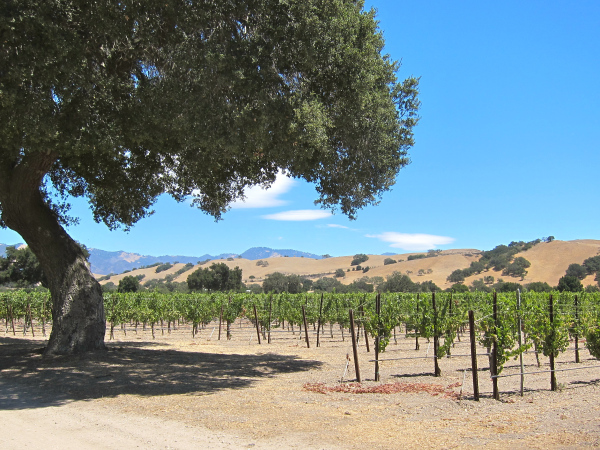
Basically, California’s Central Coastal wine region stretches from San Francisco southward to Santa Barbara. That’s a distance of about 280 miles (450 kilometers), and takes over five hours to drive. In contrast, the distance stretching across France’s Bordeaux wine region – northwest to southeast – is a little over 100 miles (165 kilometers) and takes about three hours to drive. In other words, this is a massive region with a huge diversity of wine.
The Central Coastal wine region includes parts of at least ten counties, as well as three separate American Viticultural Areas, or Appellations.
When I pointed wheels north of Los Angeles ‘toward wine country,’ this turned into a bigger proposition than expected. The goal was overwhelming and, well, mildly intoxicating. All I managed to visit was the southernmost portion of this region – Santa Barbara County (think of the movie Sideways) and San Luis Obispo County, a bit further north.
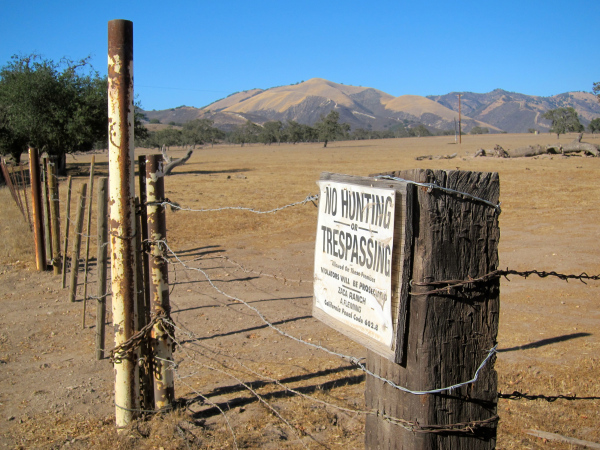
Santa Barbara County
Santa Barbara county is roughly rectangular, and the coastline runs – somewhat unusually – across both its western and southern boundaries. This county is touched with another bit of aberrant geography in that it is predominantly crossed by east to west running mountains, or ‘transverse’ ranges. These generally don’t run parallel to the north-south state alignment. This unusual orientation of mountains has a significant and characteristic impact on local wines.
Because these mountain ranges do not block sea breezes coming from the west, hot daytime temperatures (good for converting sugar to alcohol) complement cool evening temperatures (good for grapes retaining acidity).
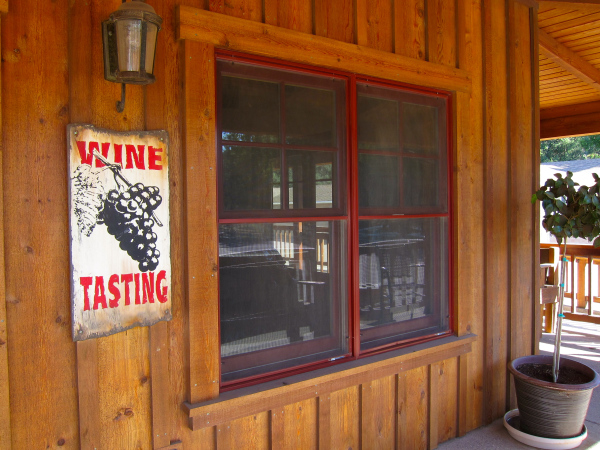
Additionally, each topographical valley within Santa Barbara County has a unique shape, and so each valley has its own microclimate. Although the conditions within the entire country are somewhat similar for growing in a general geographical sense – having cooling fog and afternoon breezes that are ideal for slow-ripening grapes – these microclimates resemble different dialects of the same language. For local grape growers, knowing the difference between vine growing characteristics of local valleys is something they learned over time. Just as an American can spot the difference between accents from El Paso or Boston, or a Brit can tell the difference between someone raised in Newcastle as compared to Surrey, a Santa Barbara county grape grower will know without consciously thinking about it the choicest locations for growing Pinot Noir grapes close to the coast – within, say, Santa Maria valley – where the impact of ocean breezes is more pronounced.

There are four key valleys for wine grape growing within Santa Barbara county: Santa Ynez, Los Alamos, Santa Maria, and Lompoc. Each valley favors producing a different spectrum of wine types. The genuine surprise is that so many wineries seem to be busy trying to produce elusive hard-hitting or elegant reds, that they are missing the clean beauty of many excellent, top quality whites.
By the time I learned this local geography I was feeling overwhelmed, geographically challenged, and thirsty. So I chose one wine route (the Foxen Canyon Trail) linking two valleys (Santa Ynez and Santa Maria) within one county (Santa Barbara) [did you catch all that?] and motored off to begin tasting. To get to this trail, which is known for Rhone varietal wine blends that include Syrah, Grenache, and Mourvedre, head north of the town of Solvang on Highway 101.
Recent word floating above vineyards and wine blogs is that the cool weather of recent years made the grape varieties of 2010 of Syrah and Mourvedre shine, while grapes typical of Burgundy (Chardonnay and Pinot Noir) were favored by the weather in 2011. There was a late freeze at the end of May throughout much of California in 2011, which reduced production volume, but still allowed quality to show.
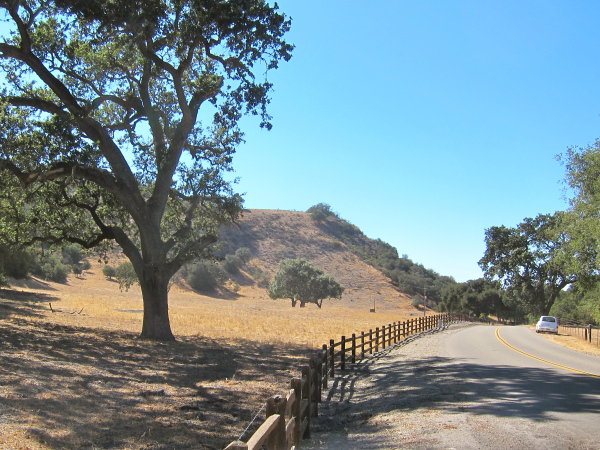
I found that in general, the Rhones from the past three years were not spectacular.
Surprises? I found myself inclined toward whites and not reds (Riesling, Viognier, Chardonnay), and enjoyed wines from grape varieties that this region is not particularly known for (Riesling, Roussanne). Few of the reds came across as bold or characteristic enough to elicit a ‘wow.’ Many reds from the past three years have been pushed through a combination of blending and oaking to give the wines some semblance of assertiveness that is simply artificial.
A memorable white at good value is a 2011 Riesling from Firestone (a crisp mandarine, nectarine, lemon and honey flavor bomb), followed by a 2009 Estate Roussanne from Zaca Mesa (of which there are only 300 acres planted in all of California) – which is full-bodied, creamy, buttery, powerful and mimicking a classic Chardonnay. The Foxen winery 2011 Sauvignon Blanc is both distinct and different – a herbal lemony Sauv that drops the butter.

Another surprise – the Sauvignon Blancs in this region are underpriced and underrated and are soon (I suspect) going to give New Zealand serious competition. What they lack in minerality they make up for in a powerful profusion of fruit.
The 2009 Syrahs were okay, not spectacular. However, the Zaca Mesa 2008 Estate Z (a Rhone varietal blend of Syrah, Mourvedre, and Grenache) – weak on the nose – is a layered assortment of fruit and tannin ideal for pairing with meat.
Back in Solvang, for dinner I walked a few blocks to Cecco Ristorante. While waiting for the Cinghiale Pizza – wild boar sausage, tomatoes, smoked mozzarella cheese and braised kale – I drank a 2011 Caruvintas Santa Ynez Valley Sauvignon Blanc. Again, here is a winning white from Santa Barbara County – classic and full bodied.
[Is the word ‘cinghiale’ (which is Italian for wild boar – a popular dish in Tuscany) becoming a rage in California now? At dinner I flipped open a copy of the Wine Spectator magazine and immediately saw a review of a Sonoma Coast Cinghiale Vineyard Pinot Noir.]
San Luis Obispo County
San Luis Obispo (SLO) county is directly north of Santa Barbara County. It’s shaped like a tilted parallelogram – like a map of California with the top third cut off. Unlike Santa Barbara County, only the western boundary forms a coastline.
The region of Paso Robles in the north of SLO county is known for the marked temperature difference between its hot days and cool nights – producing distinct and luscious, chocolaty reds. The 40 to 50 degree Fahrenheit diurnal temperature variation around Paso is one of the highest in the United States. Syrah, a hearty grape that thrives well on windy and sun blasted slopes in the Rhone Valley and Languedoc region of France, also fares well here in Paso where the temperature difference can give grapes a beating.
I had not planned to visit the SLO region until, serendipitously, a friend from high school turned out to be visiting there for business. So we met in the wonderful city of San Luis Obispo and ate an outdoor creekside dinner at the restaurant Novo. Wow. That was an excellent recommendation from the downtown hotel where I stayed.

Here it became clear that visiting umpteen wineries can lead to a lot of hit and miss tastings, while visiting one joint with a well-selected wine list and servers who know, and appreciate, these wines – can be a winning alternative. Goodbye to endless driving or feeling obliged to buy bottles you don’t want. On recommendation, we tried two wines at a time, and were not told what they were. Fortunately, we each figured out the grapes quickly. Here’s what we were served (check out Novo’s wine list), and what we thought of them.
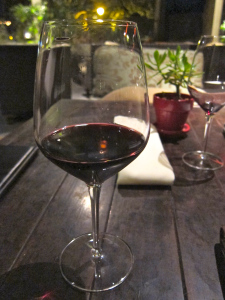
Round One:
Barrel 27, ‘Rock and a Hard Place’ Grenache. Santa Barbara County – 2010.
Tablas Creek, ‘Patelin de Tablas’ Syrah-Grenache-Mourvedre-Counoise. Paso Robles – 2011.
We thought the Grenache-Syrah-Mourvedre (a Rhone blend, or what the Aussies refer to as GSM) rocked – layered and complex and rich. The pure Grenache was decent, though a bit one-dimensional in comparison to the GSM.
Round Two:
Giornata, Sangiovese. Paso Robles – 2010.
Aaron, Petite Sirah. Paso Robles – 2010.
Again, we agreed – the Sangiovese was the winner. It had a classical balanced taste, reminiscent of bottles of Chianti my friend and I drank in Italy when we lived in that region as teenagers. The Petit Sirah was solid and well balanced, though a bit timid.
Round Three:
I took no notes on these wines (though the Napa cab did outshine the SLO Syrah, and sold for a decent price).
The excellent wine list and service at Novo (as well as an Aquarian Blue Moon) provided a pleasing wind up to summer.
Too soon, it was time to leave Central California and return south…


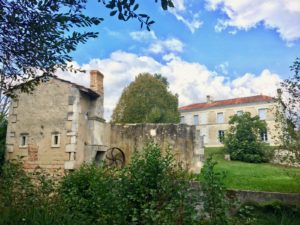
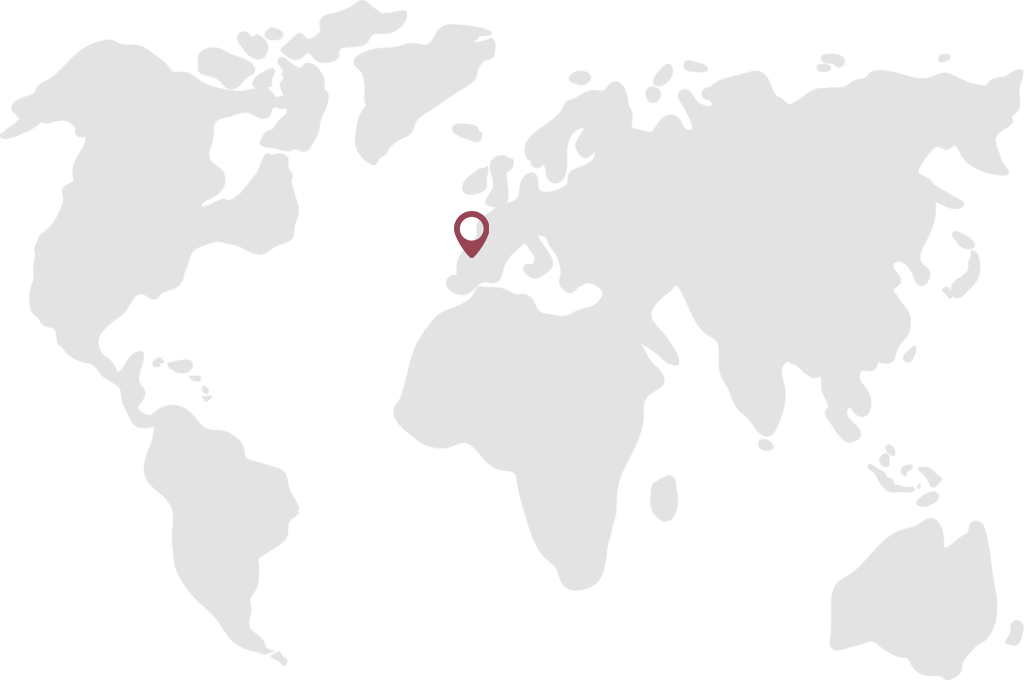
theartistonetheroad
10 Sep 2013Sounds like you had a great time Tom and tasted some good wines too. I’ve visited the central coast a couple of different times over the last ten years and always come home loaded with tasty wine to fill my cellar (closet). Thanks for the memories.
vinoexpressions
10 Sep 2013Thanks Richard….I still need to head to Healdsburg! Hope you continue you splendid watercolors, and am looking forward to Artist on The Road Part 2. Enjoy that delicious grape juice up your way – and the best and mildest California season of all coming up…!
Anonymous
13 Apr 2014Hi Tom, I got my first experience around Christmas time of this last year, in the Paso Robles area. And not being a wine drinker I had no idea of what I was in for. OMG the varieties of wines and vineyards can be overwhelming. Basically I thought there were a select few that I really liked and others that I thought were just gross or a bit over the top. I found I don’t care for the super sweet ones or some of the others which tasted watered down. I Need to brush up on the terms if I am going to sound remotely intelligent with wine. LOL Its all good. Loved the addition of pictures. I posted a link to your page on my FB.